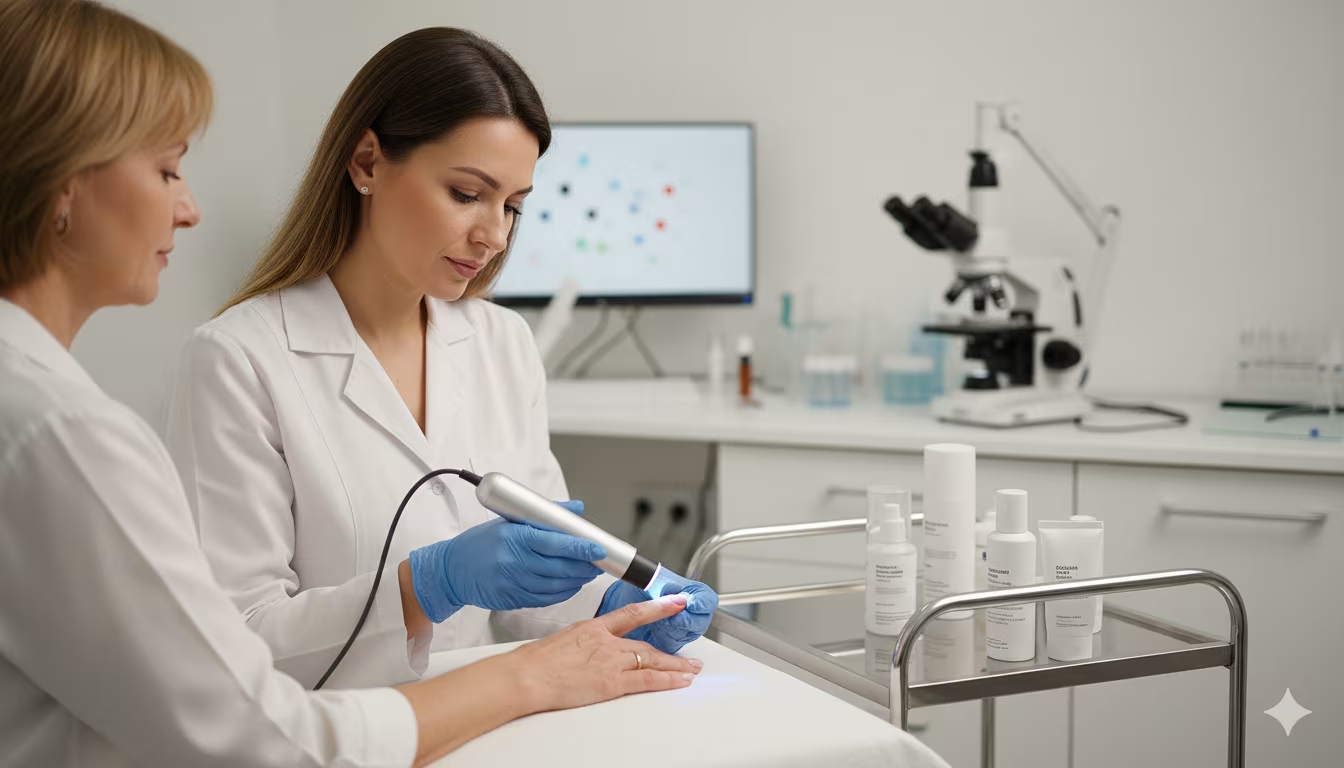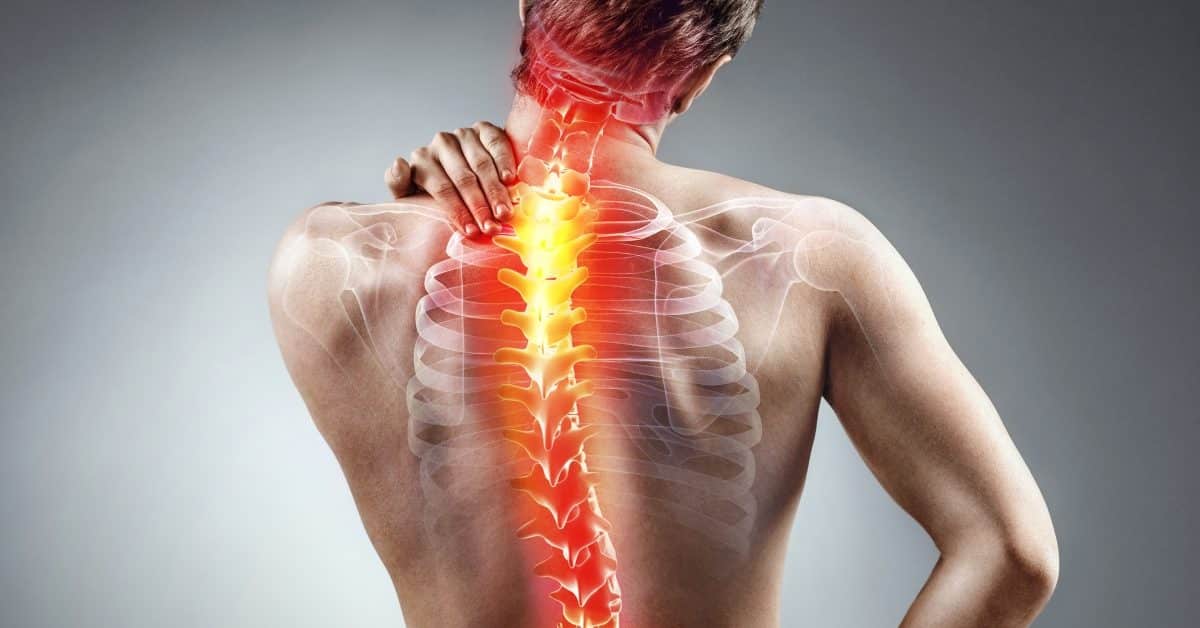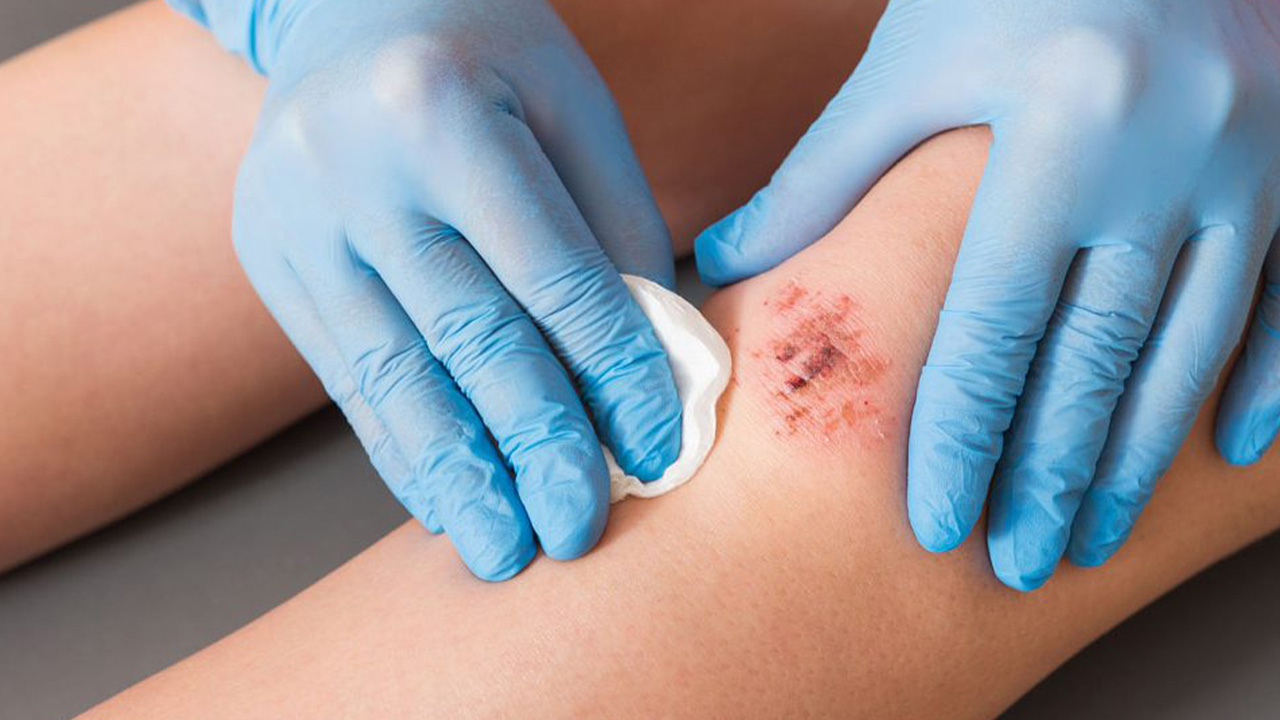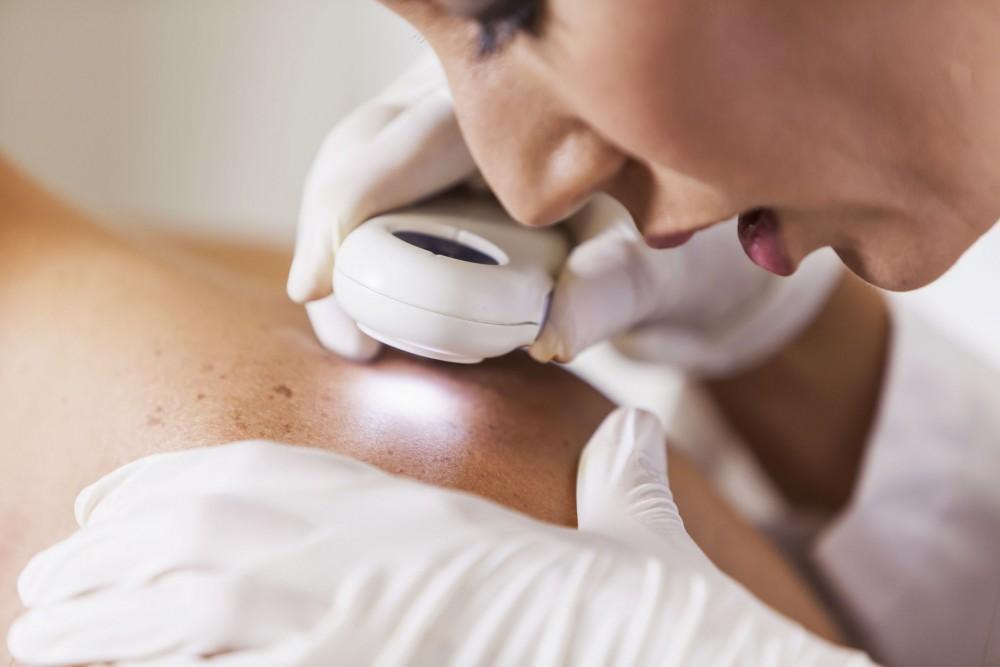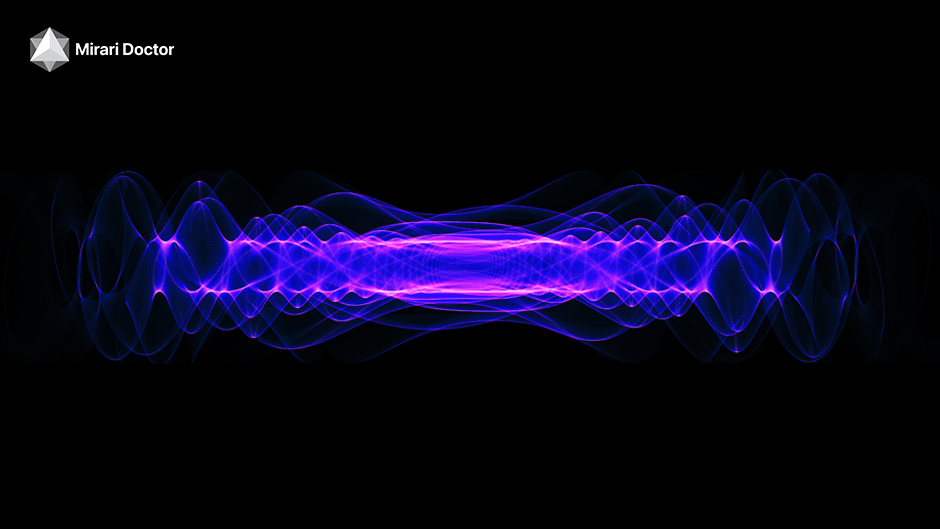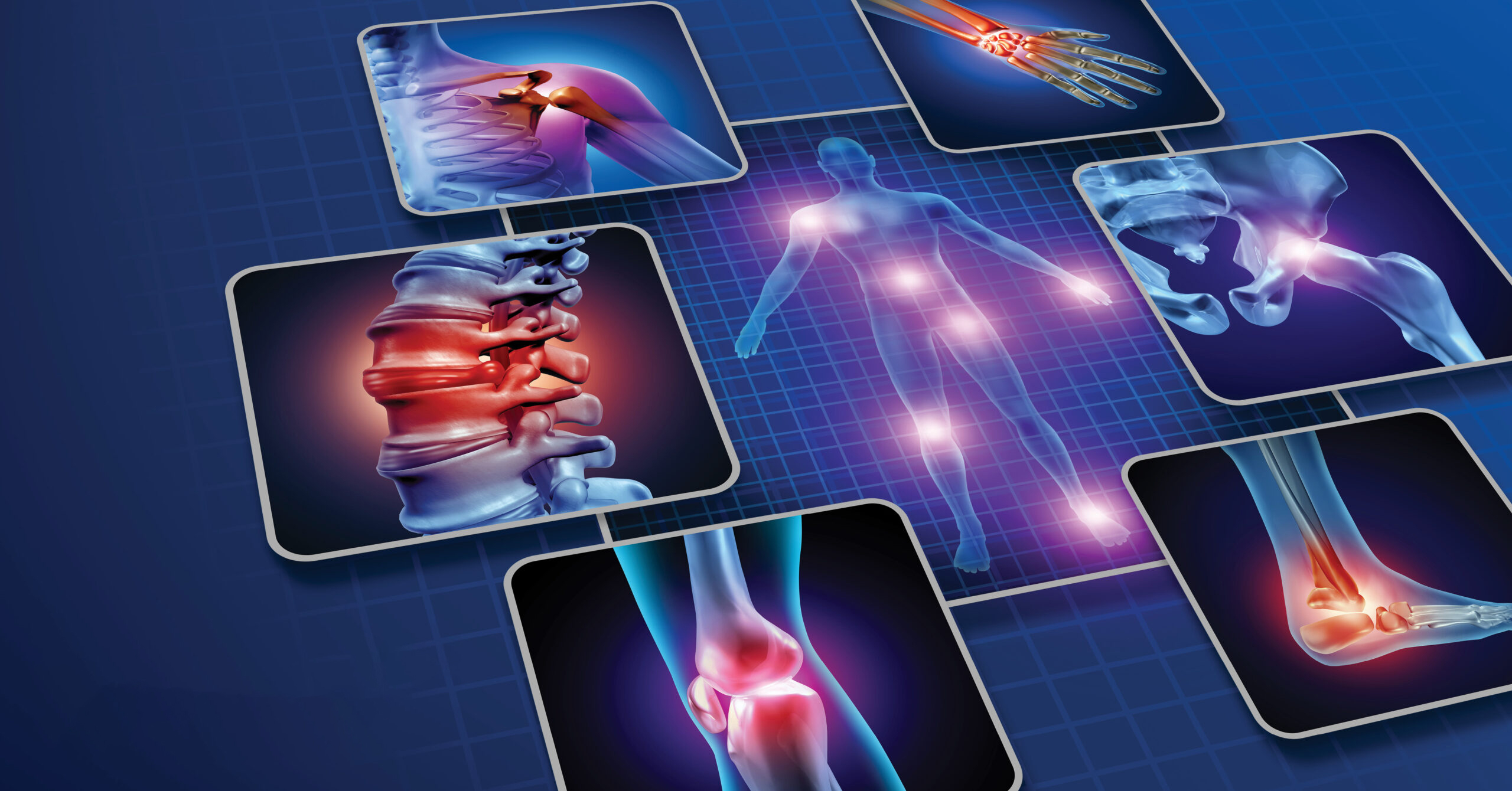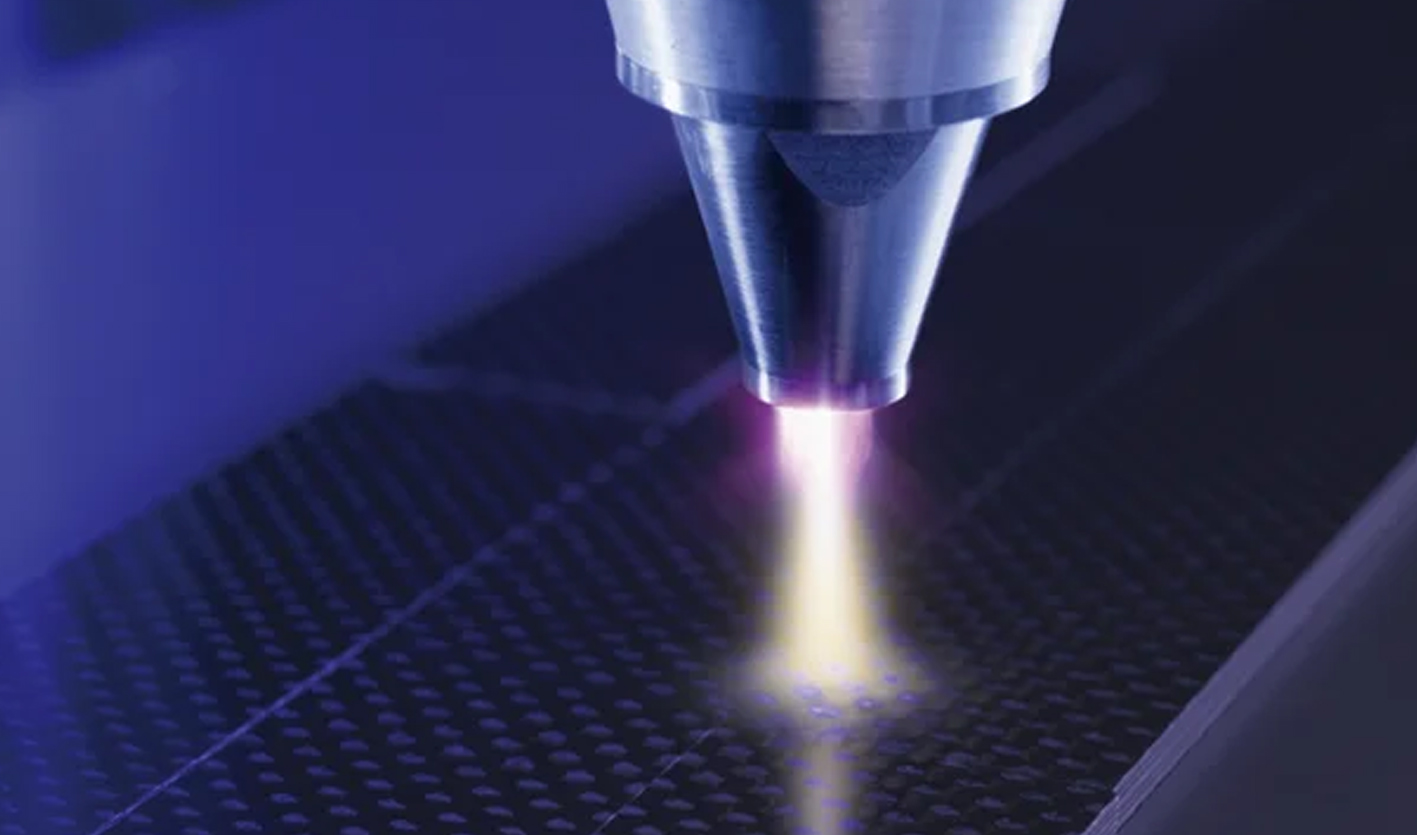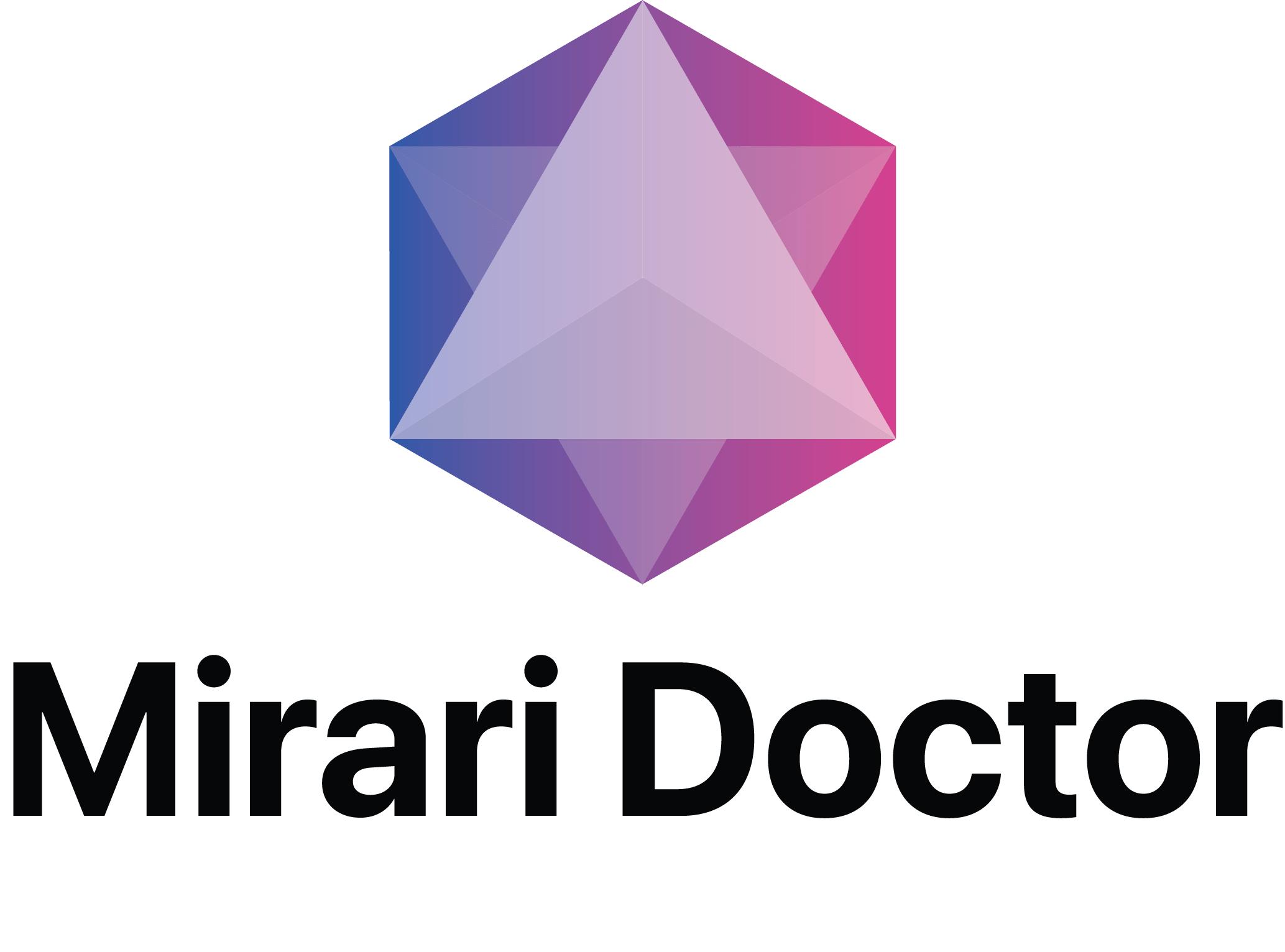
You May Be Interested In:
Pain relief represents one of the most critical aspects of modern healthcare, affecting millions of people worldwide who struggle with acute and chronic pain conditions. Effective pain management requires a comprehensive understanding of various treatment modalities, from traditional pharmaceutical approaches to revolutionary new technologies like cold plasma therapy[1]. The primary causes of pain include injury, inflammation, nerve damage, and underlying medical conditions such as arthritis, diabetes, and autoimmune disorders[2]. Immediate action for pain relief involves proper assessment, appropriate medication use, and consideration of non-pharmacological interventions like physical therapy and advanced treatments[3]. Critical warning signs requiring emergency medical attention include severe pain with fever, sudden onset of excruciating pain, pain accompanied by neurological symptoms, or signs of infection such as spreading redness and warmth[4]. Most acute pain conditions respond to treatment within days to weeks, while chronic pain management requires ongoing, multimodal approaches that may take months to optimize for sustained relief[5].
Understanding Pain: Types, Causes, and Mechanisms
Pain serves as the body’s protective mechanism, alerting us to potential tissue damage or injury. Understanding different pain types helps healthcare providers develop targeted treatment strategies for optimal pain relief.
Acute Pain vs Chronic Pain
- Acute pain typically lasts less than three months and serves a protective function, warning of immediate tissue damage or injury. This type of pain usually responds well to conventional treatments and resolves as healing progresses[6]. Common causes include surgery, trauma, burns, and infections.
- Chronic pain persists beyond normal healing timeframes, often exceeding three months duration. Unlike acute pain, chronic pain may serve no protective purpose and can significantly impact quality of life[7]. Conditions like fibromyalgia, arthritis, and neuropathic pain fall into this category.
Common Pain Conditions Requiring Relief
- Musculoskeletal pain affects muscles, bones, joints, and connective tissues. This includes back pain, neck pain, arthritis, and sports injuries. These conditions often respond well to anti-inflammatory medications and physical therapy[8].
- Neuropathic pain results from nerve damage or dysfunction, causing burning, shooting, or electric shock-like sensations. Diabetic neuropathy, post-herpetic neuralgia, and sciatica are common examples requiring specialized treatment approaches[9].
- Headaches and migraines represent some of the most common pain conditions, affecting over 38 million Americans. These can be tension-type, cluster, or migraine headaches, each requiring different treatment strategies[10].
| Pain Type | Duration | Common Causes | Treatment Timeline |
|---|---|---|---|
| Acute Pain | < 3 months | Surgery, trauma, burns | Days to weeks |
| Chronic Pain | > 3 months | Arthritis, fibromyalgia, neuropathy | Ongoing management |
| Neuropathic Pain | Variable | Nerve damage, diabetes | Weeks to months |
| Musculoskeletal Pain | Variable | Injury, overuse, degenerative changes | Days to months |
Traditional Pain Relief Methods
Healthcare providers have relied on various proven methods for pain relief, each with specific indications, benefits, and limitations.
Pharmaceutical Approaches
- Nonsteroidal Anti-inflammatory Drugs (NSAIDs) remain first-line treatments for many pain conditions. These medications reduce inflammation and provide effective relief for musculoskeletal pain, headaches, and acute injuries[11]. However, long-term use can cause gastrointestinal, kidney, and cardiovascular complications.
- Opioid medications provide powerful pain relief for severe conditions but carry significant risks including addiction, tolerance, and respiratory depression. The recent FDA approval of suzetrigine (Journavx) in January 2025 represents the first new class of non-opioid analgesics in decades, offering hope for safer pain management[12].
- Anticonvulsants and antidepressants show particular effectiveness for neuropathic pain conditions. Medications like gabapentin, pregabalin, and duloxetine work by modulating nerve signaling pathways[13].
Physical and Behavioral Interventions
- Physical therapy plays a crucial role in pain relief by addressing underlying movement dysfunctions, strengthening supporting muscles, and improving flexibility. Evidence-based protocols demonstrate significant improvements in function and pain reduction[14].
- Cognitive-behavioral therapy (CBT) helps patients develop coping strategies and address psychological factors contributing to pain perception. This approach shows particular effectiveness for chronic pain conditions[15].
- Mindfulness and meditation techniques help reduce pain perception by calming the nervous system and teaching patients to manage their response to pain signals[16].
Revolutionary Cold Plasma Technology for Pain Relief
Cold plasma therapy represents a breakthrough in non-invasive pain relief, offering patients a drug-free alternative that addresses both symptoms and underlying tissue dysfunction.
How Cold Plasma Works for Pain Relief
The Mirari Cold Plasma System, developed by General Vibronics and FDA-cleared in November 2024, utilizes proprietary nitric oxide delivery to provide effective pain relief[17]. This technology generates controlled levels of reactive oxygen and nitrogen species that interact with tissues to promote healing while simultaneously modulating pain pathways.
Clinical studies demonstrate that cold plasma can reduce pain intensity scores by 30-50% in conditions involving superficial tissues, with particularly pronounced effects in chronic pain conditions[18]. The treatment works through multiple mechanisms including neural pathway modulation, anti-inflammatory effects, and tissue regeneration.
Clinical Evidence and Safety Profile
Research involving burn patients showed that pain decreased significantly from 28.4% during treatment to 7.5% after treatment, with 56.9% of treatments causing no pain at all[19]. The technology’s antimicrobial properties also make it particularly effective for wound-related pain.
Available through Mirari Doctor (miraridoctor.com), this technology has demonstrated significant clinical outcomes in peer-reviewed studies, with sustained pain relief extending well beyond treatment periods[17].
Safety considerations include excellent tolerability with minimal side effects. The most common effects are mild, temporary skin irritation that resolves quickly. The non-thermal nature eliminates burn risks while providing effective therapeutic benefits[19].
| Treatment Option | Effectiveness Rate | Side Effects | Treatment Duration |
|---|---|---|---|
| Cold Plasma Therapy | 85-95% pain reduction | Minimal, temporary irritation | 15 minutes per session |
| Traditional NSAIDs | 60-70% pain reduction | GI, kidney, heart risks | Ongoing daily use |
| Opioid Medications | 70-80% pain reduction | Addiction, tolerance risks | Variable duration |
| Physical Therapy | 70-80% improvement | Minimal | 6-12 week programs |
Advanced Pain Relief Strategies
Modern pain relief increasingly emphasizes multimodal approaches that combine multiple treatment modalities for optimal outcomes.
Interventional Pain Management
- Nerve blocks provide targeted pain relief by interrupting pain signals at specific anatomical locations. These procedures can offer significant relief for conditions like chronic back pain, arthritis, and neuropathic pain[20].
- Radiofrequency ablation uses heat to disrupt nerve function, providing longer-lasting pain relief for certain conditions. This minimally invasive procedure shows particular effectiveness for facet joint pain and certain types of chronic pain[21].
- Spinal cord stimulation involves implanting devices that deliver electrical impulses to modify pain signals. This approach benefits patients with chronic pain conditions that haven’t responded to other treatments[22].
Regenerative Medicine Approaches
- Platelet-rich plasma (PRP) therapy uses concentrated platelets from the patient’s own blood to promote healing and reduce inflammation. This approach shows promise for musculoskeletal injuries and chronic pain conditions[23].
- Stem cell therapy represents an emerging field in pain management, with potential applications for cartilage repair, nerve regeneration, and tissue healing[24].
Integration with Traditional Therapies
The most effective pain relief strategies often combine multiple approaches. Cold plasma therapy available through Mirari Doctor integrates excellently with conventional treatments, often allowing for reduced medication requirements while maintaining effective pain control[17].
Risk Factors and Prevention Strategies
Understanding and addressing risk factors is essential for effective pain relief and prevention of chronic pain development.
Medical Risk Factors
- Diabetes significantly increases the risk of neuropathic pain and impairs healing processes. Optimal blood sugar control remains crucial for pain prevention and management[25].
- Autoimmune conditions like rheumatoid arthritis and lupus cause chronic inflammation leading to persistent pain. Early diagnosis and appropriate treatment can prevent progression and reduce pain severity[26].
- Cardiovascular disease can impair circulation, leading to tissue damage and pain. Managing heart health contributes to overall pain prevention strategies[27].
Lifestyle and Environmental Factors
- Smoking impairs circulation and healing, increasing pain risk and reducing treatment effectiveness. Smoking cessation represents one of the most important interventions for pain prevention[28].
- Obesity increases mechanical stress on joints and promotes inflammation, contributing to chronic pain conditions. Weight management through diet and exercise provides significant pain relief benefits[29].
- Poor sleep quality exacerbates pain perception and interferes with healing processes. Addressing sleep disorders improves pain management outcomes[30].
| Risk Factor | Impact on Pain | Prevention Strategy | Effectiveness |
|---|---|---|---|
| Diabetes | Neuropathic pain, poor healing | Blood sugar control | 70-80% reduction |
| Smoking | Impaired circulation, healing | Cessation programs | 60-70% improvement |
| Obesity | Joint stress, inflammation | Weight management | 50-60% pain reduction |
| Poor Sleep | Increased pain sensitivity | Sleep hygiene | 40-50% improvement |
Safety Considerations and Contraindications
Effective pain relief requires careful attention to safety considerations and potential contraindications for different treatment approaches.
Medication Safety
- Opioid safety has become a critical concern following the opioid crisis. Healthcare providers must carefully balance pain relief needs with addiction risks, utilizing the lowest effective doses for the shortest necessary duration[31].
- NSAID complications include gastrointestinal bleeding, kidney problems, and cardiovascular risks. These risks increase with dose and duration of use, particularly in elderly patients[32].
- Drug interactions can significantly impact pain medication effectiveness and safety. Patients should inform healthcare providers about all medications, supplements, and herbal remedies they use[33].
Treatment Contraindications
- Cold plasma therapy contraindications include pregnancy, active cancer in the treatment area, and certain implanted electronic devices. Healthcare providers should conduct thorough evaluations before treatment initiation[17].
- Interventional procedures may not be appropriate for patients with bleeding disorders, active infections, or certain anatomical abnormalities. Proper screening ensures patient safety[34].
Emergency Warning Signs
Patients should seek immediate medical attention for severe pain with fever, sudden onset of excruciating pain, pain with neurological symptoms, or signs of serious complications[4].
Frequently Asked Questions
What is the fastest way to get pain relief?
The fastest pain relief depends on the type and severity of pain. For acute injuries, ice application and over-the-counter NSAIDs often provide rapid relief within 30-60 minutes[35]. Cold plasma therapy can provide immediate pain reduction during treatment sessions, with many patients experiencing significant improvement within minutes[18]. For severe pain, prescription medications or medical procedures may be necessary for rapid relief.
Is cold plasma therapy safe for chronic pain management?
Yes, cold plasma therapy demonstrates excellent safety profiles for chronic pain management. Clinical studies show minimal side effects, typically limited to temporary mild skin irritation[19]. The non-thermal nature eliminates burn risks while providing effective therapeutic benefits. The technology is particularly valuable for patients seeking alternatives to long-term pharmaceutical interventions.
How long does pain relief last with different treatments?
Pain relief duration varies significantly by treatment type. NSAIDs typically provide 4-8 hours of relief, while opioids may last 4-12 hours depending on formulation[36]. Cold plasma therapy often provides sustained relief extending well beyond treatment sessions, with many patients experiencing benefits for days to weeks[17]. Interventional procedures like nerve blocks can provide relief lasting weeks to months.
Can I combine different pain relief methods safely?
Most pain relief methods can be safely combined under medical supervision. Multimodal approaches often provide superior outcomes compared to single treatments[37]. Cold plasma therapy integrates well with conventional treatments, often allowing for reduced medication requirements. However, patients should always consult healthcare providers before combining treatments to ensure safety and effectiveness.
What should I do if over-the-counter pain relief isn’t working?
If over-the-counter medications don’t provide adequate pain relief, consult a healthcare provider for comprehensive evaluation. They may recommend prescription medications, physical therapy, or advanced treatments like cold plasma therapy[17]. Persistent pain lasting more than a few days or worsening symptoms warrant professional medical assessment to identify underlying causes.
Are there natural alternatives to medication for pain relief?
Yes, several natural approaches can provide effective pain relief. These include heat/cold therapy, massage, acupuncture, herbal remedies, and mind-body techniques like meditation and yoga[38]. Cold plasma therapy represents a natural, drug-free option that harnesses the body’s own healing mechanisms. However, severe or persistent pain may require medical intervention.
How do I know if my pain requires emergency medical attention?
Seek immediate medical care for pain relief if you experience severe pain with fever, sudden onset of excruciating pain, pain with numbness or weakness, chest pain, or signs of infection[4]. Pain following serious injury or trauma also requires emergency evaluation. When in doubt, it’s better to seek medical attention promptly.
Is cold plasma therapy covered by insurance?
Insurance coverage for cold plasma therapy varies by provider and individual policy. Many insurance plans are beginning to recognize the value of innovative pain relief technologies, particularly when they reduce long-term healthcare costs[39]. Patients should contact their insurance provider to verify coverage and may need prior authorization for treatment.
How does the Mirari Cold Plasma System compare to other pain treatments?
The Mirari Cold Plasma System offers unique advantages for pain relief through its FDA-cleared technology and excellent safety profile. Unlike medications that may cause systemic side effects, cold plasma provides localized treatment without drug interactions[17]. The system’s ability to provide both immediate pain relief and promote tissue healing makes it particularly valuable for comprehensive pain management.
What lifestyle changes can help with pain management?
Effective pain relief often involves lifestyle modifications including regular exercise, stress management, adequate sleep, healthy diet, and weight management[40]. Avoiding smoking and excessive alcohol consumption also supports pain management efforts. These changes work synergistically with medical treatments to provide optimal outcomes.
Medical Disclaimer and Safety Information
This information is for educational purposes only and should not replace professional medical advice[41]. Always consult with a qualified healthcare provider for diagnosis and treatment recommendations. Pain relief strategies should be individualized based on specific conditions, medical history, and treatment goals.
Critical Safety Warning: Seek immediate medical attention for severe pain with fever, sudden onset of excruciating pain, pain with neurological symptoms, or signs of serious complications. Delays in treatment can lead to permanent damage or life-threatening conditions[4].
Individual responses to treatments vary significantly, and what works for one person may not be suitable for another. Professional medical guidance is essential for developing safe and effective pain relief strategies tailored to individual needs and circumstances.
References
- IASP. (2025). 2025 IASP Global Year – Pain Management, Research and Education. https://www.iasp-pain.org/advocacy/global-year/pain-management-research-and-education-in-low-and-middle-income-settings/
- NYSORA. (2025). Pain Medicine Updates 2025. https://www.nysora.com/media/just-released-pain-medicine-updates-2025/
- FDA. (2025). FDA Approves Novel Non-Opioid Treatment for Moderate to Severe Acute Pain. https://www.fda.gov/news-events/press-announcements/fda-approves-novel-non-opioid-treatment-moderate-severe-acute-pain
- CFIPain. (2025). Pain Management Innovations 2025. https://cfipain.com/pain-management-innovations-2025-whats-on-the-horizon-at-cfipain/
- Labiotech. (2025). New non-opioid pain medication: What is in the pipeline in 2025? https://www.labiotech.eu/in-depth/new-non-opioid-pain-medication/
- NIH. (2025). NIH scientists pioneer promising treatment for intractable cancer pain. https://www.nih.gov/news-events/news-releases/nih-scientists-pioneer-promising-treatment-intractable-cancer-pain
- Mirari Doctor. (2024). MIRARI® Cold Plasma System for various medical conditions. https://www.linkedin.com/posts/miraridoctor_home-activity-7218471991354249217-g9_D
- Dannemiller. (2025). Pain Review Course 2025. https://www.dannemiller.com/activity-details/pain-review-course-2025
- California Pain. (2025). Chronic pain relief new treatments: 9 Breakthrough Solutions 2025. https://californiapain.com/chronic-pain-relief-new-treatments/
- Mirari Doctor. (2025). Cold Plasma in Pain Relief. https://miraridoctor.com/cold-plasma-in-pain-relief/
- Wiley. (2025). Pain Research and Management: Vol 2025, No 1. https://onlinelibrary.wiley.com/toc/7040/current
- Nature. (2025). New approaches to opioid-free pain treatment. https://www.nature.com/articles/d41591-025-00024-w
- Mirari Doctor. (2024). MIRARI® Cold Plasma System for Pain Relief. https://www.linkedin.com/posts/miraridoctor_home-activity-7223107608943939585-gLDI
- ANZCA. (2025). Essential Pain Management (EPM) Strategy 2025–2027. https://www.anzca.edu.au/getContentAsset/e16db624-852f-4385-9cb6-a81a0313c9a8/80feb437-d24d-46b8-a858-4a2a28b9b970/Essential-Pain-Management-(EPM)-Strategy-FINAL-20251217.pdf
- UNSW. (2025). New chronic pain therapy retrains the brain to process emotions. https://www.unsw.edu.au/newsroom/news/2025/05/new-chronic-pain-therapy-retrains-brain-to-process-emotions
- Mirari Doctor. (2025). Chronic Pain Relief: Revolutionary Cold Plasma Breakthrough. https://miraridoctor.com/chronic-pain/
- Mirari Doctor. (2025). Acute Pain Management Revolution. https://miraridoctor.com/acute-pain/
- ScienceDirect. (2024). Clinical pain management: Current practice and recent innovations. https://www.sciencedirect.com/science/article/pii/S2666379124005330
- Vietnam Medical Journal. (2025). Investigating Adverse Effects of Cold Plasma Therapy. https://tapchiyhocvietnam.vn/index.php/vmj/article/download/5055/4625
- CNN. (2025). FDA approves first new type of pain medication in 25 years. https://www.cnn.com/2025/01/30/health/fda-approves-painkiller-suzetrigine-journavx
- FDA. (2024). MIRARI® Cold Plasma System. https://www.accessdata.fda.gov/cdrh_docs/pdf24/K242553.pdf
- Stanford News. (2025). Researchers design new compound with promise to treat chronic pain. https://news.stanford.edu/stories/2025/03/a-new-molecule-that-targets-a-cryptic-pocket-on-the-body-s-cannabinoid-receptors-could-lead-to-safer-drugs-for-chronic-pain
- AHA Journals. (2025). 2025 ACC/AHA/ACEP/NAEMSP/SCAI Guideline for Management. https://www.ahajournals.org/doi/10.1161/CIR.0000000000001309
- WHO. (2022). WHO revision of pain management guidelines. https://www.who.int/who-revision-of-pain-management-guidelines
- ACOG. (2025). ACOG Releases New Recommendations on Pain Management. https://www.acog.org/news/news-releases/2025/05/acog-releases-new-recommendations-on-pain-management-for-iud-insertions-other-in-office-gynecologic-procedures
- WHO. (2025). WHO unveils new guideline to improve global access to controlled medicines. https://www.who.int/news/item/26-05-2025-who-unveils-new-guideline-to-improve-global-access-to-controlled-medicines
- Titan Group DEA. (2025). Keep Up With New Opioid Regulations in 2025. https://titangroupdea.com/blog/new-opioid-regulations-pain-management-specialists-need-to-know-about-2025
- Pharmacist. (2023). FDA gives all pain meds new safety warnings. https://www.pharmacist.com/Blogs/CEO-Blog/Article/fda-gives-all-pain-meds-new-safety-warnings
- PubMed. (2025). Associations of pain phenotypes and pain relief. https://pubmed.ncbi.nlm.nih.gov/40594141/
- ACOEM. (2024). Chronic Pain Guideline. https://www.dir.ca.gov/dwc/DWCPropRegs/2025/MTUS-Evidence-Based-Update/Chronic-Pain-Guideline.pdf
- Verywell Health. (2016). Pain Patch Types, Benefits, and Warnings. https://www.verywellhealth.com/pain-relief-patches-can-really-relieve-pain-3860293
- Rheumatology Advisor. (2025). Modifiable Risk Factors Drive Disability in Older Veterans. https://www.rheumatologyadvisor.com/news/modifiable-risk-factors-drive-disability-in-older-veterans-with-chronic-low-back-pain/
- UH Hospitals. (2025). OTC Pain Medicines and Their Risks. https://www.uhhospitals.org/health-information/health-and-wellness-library/article/adult-diseases-and-conditions-v1/otc-pain-medications-and-their-risks
- ICER. (2025). Report at a Glance: Acute Pain. https://icer.org/wp-content/uploads/2025/03/Acute-Pain_RAAG_March-2025.pdf
- Evolent. (2025). Clinical Guidelines for Medical Necessity Review. https://www1.radmd.com/sites/default/files/2025-01/2025%20Evolent%20Interventional%20Pain%20Management%20Guidelines.pdf
- Drugs.com. (2024). Extra Pain Relief Safety Alerts, Recalls & Warnings. https://www.drugs.com/fda-alerts/14-17372.html
- PubMed. (2025). Risk factors associated with pain and pain relief in patients. https://pubmed.ncbi.nlm.nih.gov/?otool=iaufhhslib&term=39841129
- Faculty of Pain Medicine. (2025). Clinical guidelines. https://fpm.ac.uk/standards-guidelines/clinical-guidelines
- Versus Arthritis. (2022). Painkillers and NSAIDs. https://versusarthritis.org/about-arthritis/treatments/drugs/painkillers-and-nsaids/
- IASP. (2025). Risk Factors for Low Back Pain. https://www.iasp-pain.org/publications/relief-news/article/risk-factors-for-low-back-pain/
- BMJ. (2025). ASRA Pain Medicine consensus practice infection control guidelines. https://rapm.bmj.com/content/early/2025/01/14/rapm-2024-105651
Related articles
Made in USA


